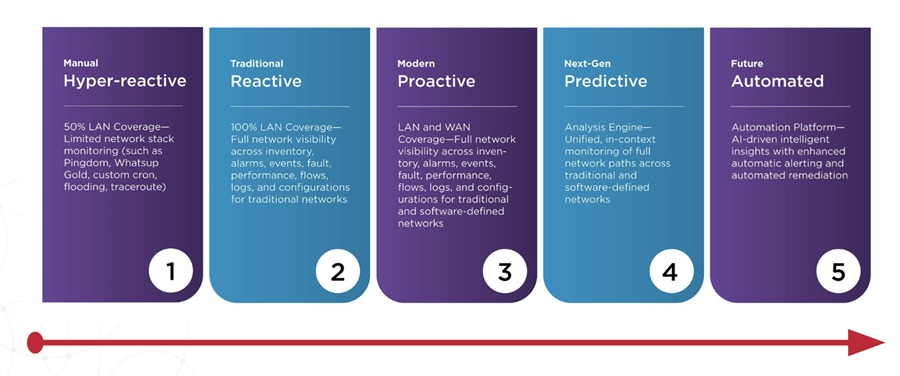
eBay has projected that revenues from their mobile presence, driven largely by mobile apps, will hit $4 billion in revenues in 2011, up from $2 billion in 2010. Mobile has arrived and is accelerating in a big way across industries like retail, financial services, travel and entertainment. Furthermore, internet industry leaders like eBay, Yahoo! and Facebook are increasingly setting the bar for what defines a “good” mobile web experience. To capitalize on the mobile web opportunity, you need to make your site's mobile user experience as fast, reliable, high-quality and user-friendly as possible.
Businesses can select one of four options when developing and implementing a mobile web strategy: offer your existing website to mobile device users; create mobile-specific landing pages with very basic functionality; leverage a service to selectively filter your main site content across various mobile platforms; or create a mobile optimized version of your site.
This article will examine the pros and cons of each approach, and show why creating a mobile optimized version of your site offers compelling benefits in terms of designing specifically for the mobile user, capitalizing on mobile-specific capabilities and directly (and proactively) managing the mobile user experience.
1. Offer your existing website to mobile device users
While the content on a typical site is growing richer, this may be an option if you have a very simple web design that doesn’t contain heavily used rich media, sophisticated navigation or other advanced capabilities. This approach may offer cost-effectiveness as well as simplicity from a code maintenance standpoint, but there are substantial risks to consider.
First, your existing website may not appear properly on many mobile device screens, making your site content inaccessible to many mobile users. If mobile users come to your main site and have a poor experience, don’t expect them to stick around. A recent survey found that mobile users do not have much patience for retrying a website or application that is not functioning initially – a third will go to a competitor’s site instead.
Second, you may need to adjust your main website in order to accommodate mobile users – making it extra lightweight, getting rid of any flash content and using big buttons and big links. This imposes limits on the feature-richness and functionality for your main website, but these attributes that distinguish your website can pose significant usability, navigation and screen real estate issues on mobile devices. You can also lose the opportunity to connect with your customers through mobile-specific capabilities like geolocation.
2. Create mobile-specific landing pages with very basic functionality
Free resources such as Google Sites can create pages that allow mobile users to quickly place calls to your physical store, or determine your closest store location. Similar to offering your existing website to mobile users, this approach may be a cost-effective option. But considering the popularity of smartphones and tablets and the fact that mobile users are becoming savvier in augmenting their on-the-go shopping experiences with these devices, there’s potentially a lot to be lost.
Throughout the shopping experience, users leverage their devices to do everything from buying products, to locating where gifts are sold, to comparing prices and reading product reviews. Mobile shoppers want spontaneous, instantly gratifying mobile web interactions, and retailers need to create experiences that are in tune with these expectations.
If your competitor delivers a rich, fast mobile web experience matching the excellence of a PC, they’re sure to capture more buyers than your page offering only very basic “place a call” or “find a store” functionality. Mobile landing pages simply don’t satisfy requirements for fuller functionality, which today’s sophisticated consumers have come to expect.
3. Leverage a service to selectively filter your main site content across various mobile platforms
Services like Digby and Usablenet offer high-performing, reliable and secure platforms which can extend your website content and functionality across a constantly expanding and changing spectrum of mobile devices. There’s an added advantage that no client IT resources and no extra web development specifically for mobile are required.
While there are efficiencies to be gained from using a service like this to ingest content from your main website and disseminate it across mobile phones, reliance on someone else’s platform means you relinquish some direct control over the quality of your mobile users’ experiences. With the stakes for strong mobile web performance so high – 60 percent of consumers expect mobile site downloads in just three seconds or less – some businesses aren’t willing to go this route without commitments to performance service levels and transparency.
4. Create a mobile optimized version of your site
Creating a mobile optimized version of your site provides an excellent opportunity to tailor site content based on what your unique mobile users expect and want “on the go.” For example, you can design your mobile site to enable easy navigation with just a thumb for busy consumers who may be navigating your mobile site with one hand, while walking through an airport.
One rule of thumb for mobile-optimized sites is to “keep it clean” by reducing unnecessary “heavy” content, thereby maintaining or enhancing speed. If your main website features 50 or more sections and features, your mobile customers may only use three of these. You should select the key user scenarios, and streamline the experience through those.
Maximizing Mobile Site Performance
Creating and supporting a mobile-optimized version of your site may also give you more direct control over the experience specific to the mobile user. Like your main website and its applications, the mobile web user experience depends on many factors both within and beyond your firewall, including ISPs, third party content and services, browsers and devices.
Real mobile user monitoring helps you proactively manage all of these elements by starting with a true view into the mobile user experience in various regions, and across various devices. From there you can trace back to identify and fix any “offending” elements which may impact users, ideally before they are even aware of any performance issues.
For example, if a regional ISP serving a significant user base is slow, you may need to lighten mobile site content further; or, if a particular mobile browser is downloading mobile site elements too slowly, you may need to reduce the number of connections.
There are also a number of free tools available to help ensure effective mobile user experiences – for example, Google Page Speed lets businesses assess site performance and get recommendations for improvements according to industry best practices. In addition, instant tests can let you quickly and easily see how your mobile site renders across the most popular devices.
While creating and supporting a mobile-optimized version of your site does entail some additional development and code maintenance requirements, the overall task can be fairly cost-effective as it leverages the same development skillsets and techniques used for your main website.
For many businesses, the potential benefits of creating and supporting a mobile-optimized version of one’s own site – tailoring content expressly to meet their mobile users’ unique functionality and speed requirements; connecting with users through specialized mobile capabilities; increasing confidence that mobile users can easily see and access site content; and proactively ensuring high-quality mobile user experiences – are worth the investment.
About Steve Tack
Steve Tack is CTO of Compuware's Application Performance Management (APM) Business Unit, leading the expansion of Compuware's APM product portfolio and market presence. He is a software and IT services veteran with expertise in application and web performance management, SaaS, cloud computing, end-user experience monitoring and mobile applications. Tack is a frequent speaker at industry conferences and his articles have appeared in a variety of business and technology publications.
Related Links:
Compuware's Latest News: Compuware Expands Unified APM for Chinese Market
Compuware's Latest News: Compuware Integrates With Google Page Speed
Compuware's Latest News: Compuware Delivers APM Innovations


